- Home
- Articles
- Architectural Portfolio
- Architectral Presentation
- Inspirational Stories
- Architecture News
- Visualization
- BIM Industry
- Facade Design
- Parametric Design
- Career
- Landscape Architecture
- Construction
- Artificial Intelligence
- Sketching
- Design Softwares
- Diagrams
- Writing
- Architectural Tips
- Sustainability
- Courses
- Concept
- Technology
- History & Heritage
- Future of Architecture
- Guides & How-To
- Art & Culture
- Projects
- Interior Design
- Competitions
- Jobs
- Store
- Tools
- More
- Home
- Articles
- Architectural Portfolio
- Architectral Presentation
- Inspirational Stories
- Architecture News
- Visualization
- BIM Industry
- Facade Design
- Parametric Design
- Career
- Landscape Architecture
- Construction
- Artificial Intelligence
- Sketching
- Design Softwares
- Diagrams
- Writing
- Architectural Tips
- Sustainability
- Courses
- Concept
- Technology
- History & Heritage
- Future of Architecture
- Guides & How-To
- Art & Culture
- Projects
- Interior Design
- Competitions
- Jobs
- Store
- Tools
- More
Integrating Recreational Spaces into Modern Landscape Architecture: The Rise of Pickleball Courts
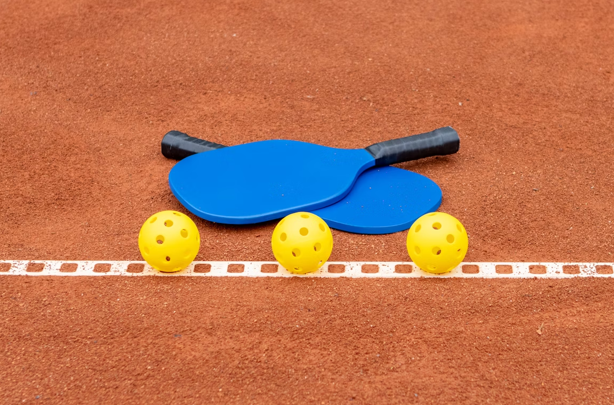
In today’s landscape architecture, recreational spaces have become essential elements that blend functionality, aesthetics, and wellness. One feature gaining rapid popularity is the pickleball court, a versatile addition that complements modern outdoor designs. Whether for residential communities, commercial properties, or public parks, the pickleball court offers a dynamic space that encourages activity and social engagement while enhancing the overall environment. As landscape architects seek innovative ways to incorporate recreation into their projects, pickleball courts are rising as a practical and stylish solution.
The Boom of the Pickleball Court in Landscape Architecture
Pickleball, a game that combines elements of tennis, badminton, and ping-pong, has experienced an unprecedented surge in popularity among people of all ages. This is the fast development that has brought the demand of specific pickleball courts, which landscape architects and planners are adopting. The incorporation of a pickleball court into outdoor areas has become a way not only to meet the leisure needs of communities but also to reflect the current trend of promoting health and socialization through design.
Architecturally, the sport’s attractiveness lies in its flexibility. Compared to regular tennis courts, pickleball courts require significantly less space; thus, they can be established in cities or on properties that lack outdoor space. Their accessibility and easy maintenance are further enhanced by the flexibility to install them on synthetic turf or any other long-lasting surface. This combination of functionality and entertainment makes the pickleball courts a desirable element in both personal and communal landscapes.
Additionally, recreational spaces such as pickleball courts will be in place to facilitate a broader concept of community wellness. Current architects are increasingly focused on designing spaces that promote mobility and outdoor activities, as they have come to realize that these elements foster physical wellness and social integration. A properly developed pickleball court is a social hub, where not only are the players encouraged to meet, but also the spectators who are drawn to the court. This helps establish bonds within a neighborhood or facility.

Design factors of seamless integration
To design a pickleball court as a successful element of modern landscape architecture, one needs to pay special attention to the design principles that unify the court with its surrounding environment. One of them is the choice of materials that would be both functional and beautiful. Incidentally, some of the most popular options include synthetic turf that has a realistic appearance, is comfortable to walk on, and requires less maintenance than natural grass. This material is also suitable for good drainage and durability, allowing the court to be played under various weather conditions.
Another important thing is placement. The location of a pickleball court should take advantage of exposure to sunlight, minimize sound impact on nearby spaces, and blend in with the existing landscape. The careful placement can make the court a focal point of sight or a hidden service, depending on the project’s objectives. Adding landscaping features, such as trees, shrubs, and seating areas around the court, will help further integrate the court and enhance the user experience.
Lighting also contributes to maximizing usability. New LED lights can be designed to provide proper lighting at night without causing light pollution. These lighting fixtures will help make the pickleball court a valuable and attractive place long after the sun goes down.
Additionally, architects must address the issues of accessibility and safety. Providing flat and smooth surfaces, well-marked paths, and safety buffer zones around the court helps create an environment that is easy to use for players of all ages and abilities. These factors, when addressed, turn the pickleball court into a natural extension of the landscape, making the space richer in terms of both functionality and aesthetics.
Conclusion
A notable trend in contemporary landscape architecture is the emergence of pickleball courts, which incorporate more active and community-oriented outdoor spaces. The courts offer a great opportunity for architects to combine recreation and design to create areas that are welcoming to wellness, socialization, and beauty. The need for easy and enjoyable recreational spaces is increasing, and the incorporation of pickleball courts is a functional and sleek way to ensure that these spaces develop to meet the demands of modern-day homeowners, communities, and recreational areas. This trend will enable landscape architecture to create healthier, interconnected living conditions that age well.
Submit your architectural projects
Follow these steps for submission your project. Submission FormLatest Posts
Dependable Service for Everyday Appliance Problems
When a washer stalls mid-cycle or a fridge warms up, you need...
8 Essential Web-Based Mapping Tools for Modeling Sea Level Rise and Flood Impacts
As climate change accelerates, flood risk and sea level rise have become...
How Sydney’s Architecture Responds to Climate, Light, and Lifestyle
Sydney’s architecture has never been driven by form alone. It evolves through...
Shipping Containers as Functional Infrastructure on Construction Sites
Construction sites are temporary by definition, yet the systems that support them...


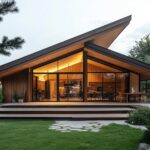


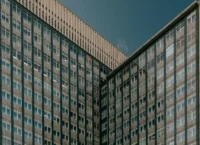


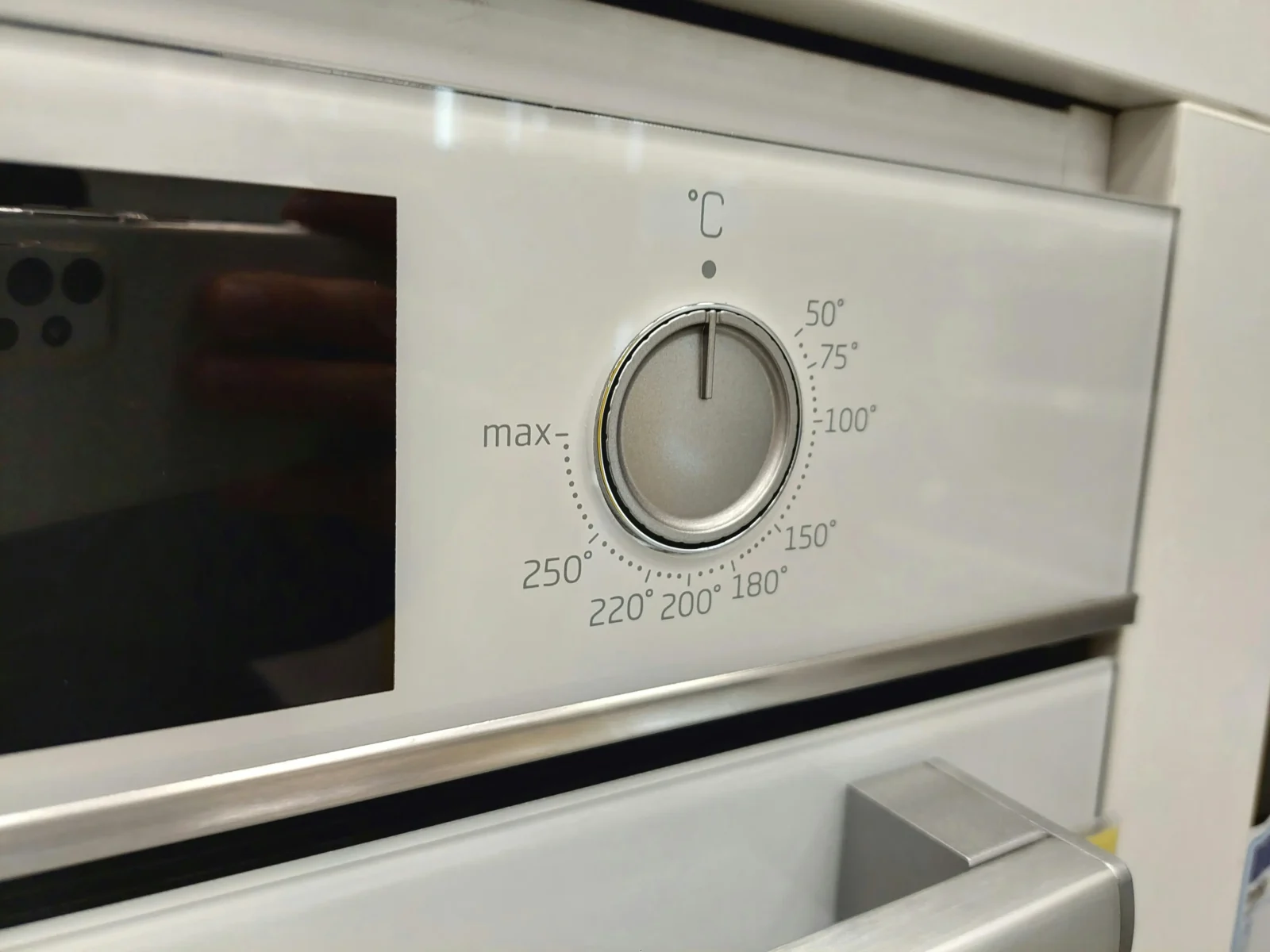


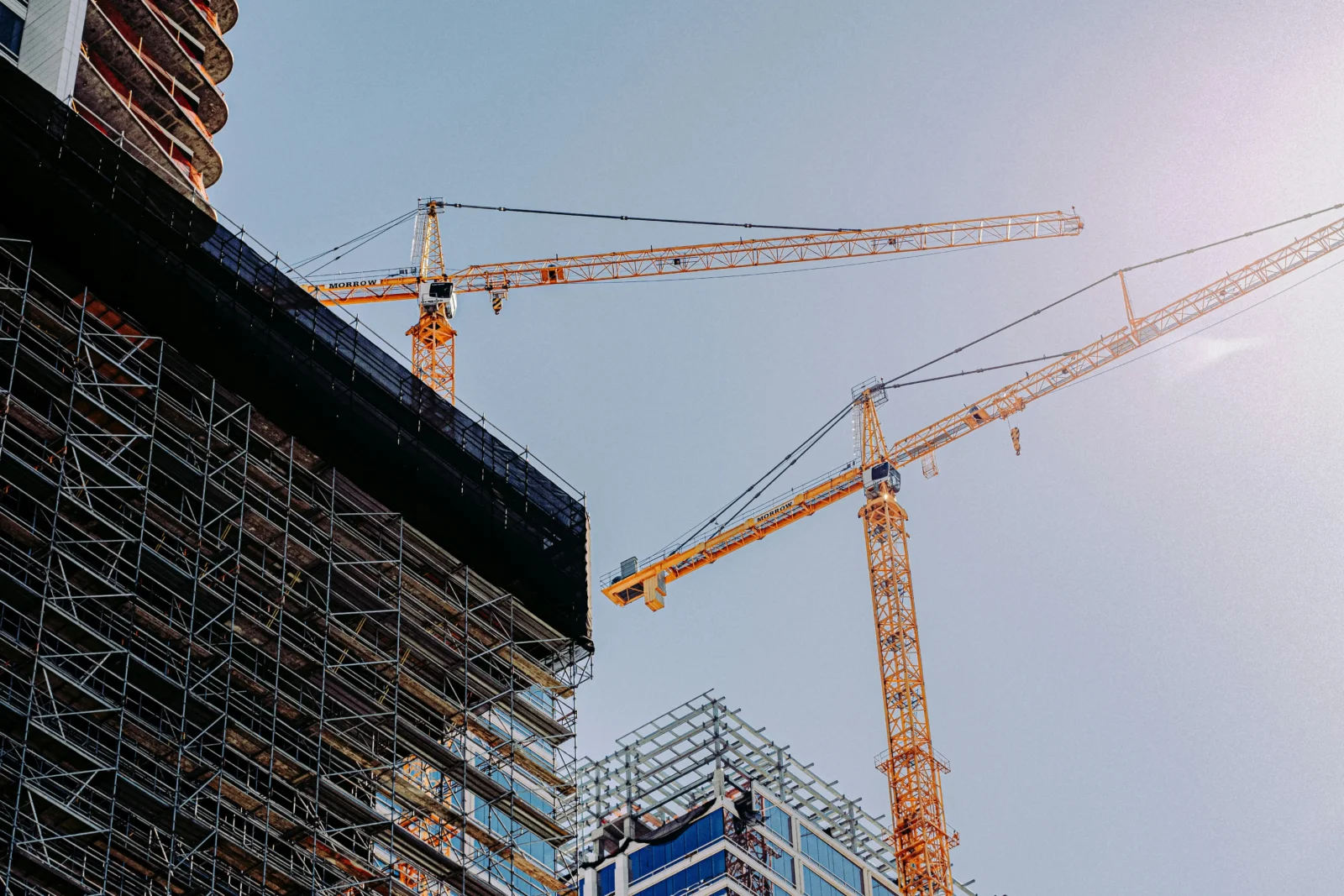
Leave a comment